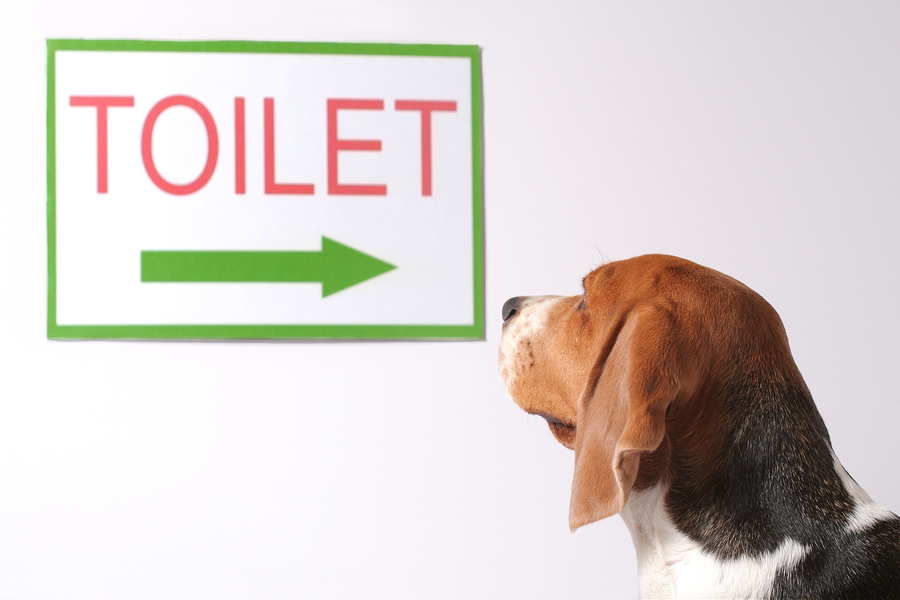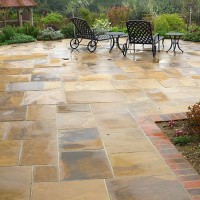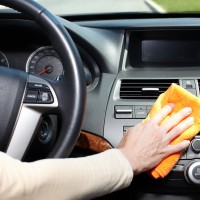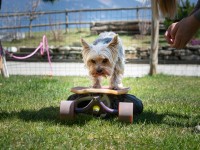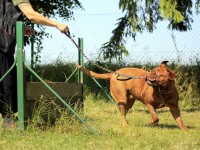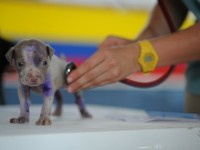Have you brought a brand-new tiny (or not so tiny) puppy home or just plan to? Great decision of yours, I might say. You’re going to receive such amount of love, joy and fun you could never imagine an animal might give to a person. That creature will become an inevitable part of the family and you will not be able to consider living without him since the moment you see your puppy and understand that he’s going to be yours. But as you’d been thinking over this step in your life for a long time before you actually went ahead and found the one and only puppy of your own, you should completely understand by now that having a dog involves a high responsibility for that creature.
It is comparable to having a baby with the only difference that you won’t be providing for a child for the rest of his life, determine his actions and future to the full extent. However, if you bring a puppy into the house, you’re going to take care of it for the rest of his life. He’s going to stay by your side and follow you wherever the fate takes you for as long as he’s alive. So, you’re going to be the one who ensures basic needs, security and happiness of your dog, being his most honest and faithful friend in the entire world, just as he’s going to be yours one.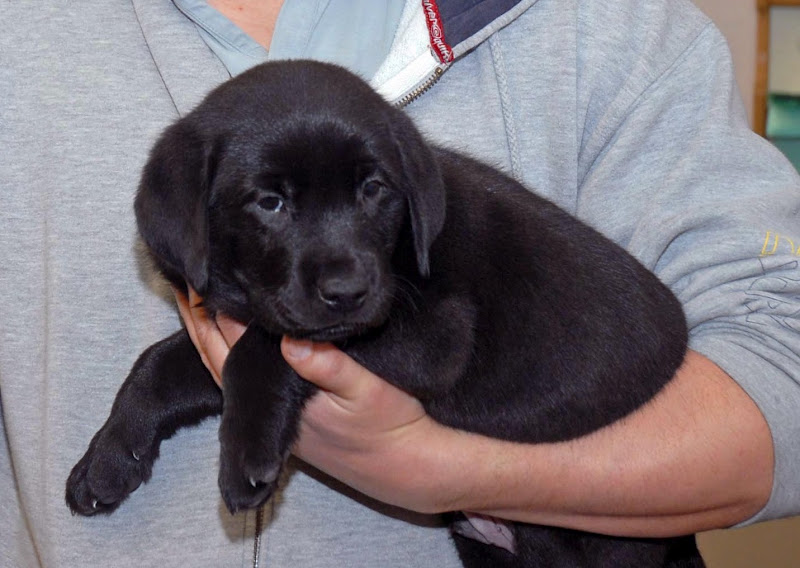
So, as you brought a puppy home and he’s going to stay there from that moment on, you have to make sure that both of you are comfortable living in the same spot. The first step of doing that is to start home training your puppy to make him develop appropriate habits every good doggy is able to stick to in order to live happily inside your place and not damage or ruin it, or drive you crazy with his misbehavior.
One of the most vital skills you’re going to teach your little one is going potty outside or to the designed spot in the apartment (depending on what works better for your household). Those first basic habits take quite a while to develop. They require maximum attention, patience and presence from your side. Besides, you’ll need to figure out the right way to train your puppy that will suit its personality and age.
So, I’ll just give you basic tips of how to potty train a puppy of any bread to provide you with general overview of the ‘project’, the most common rules you’re going to follow and which usually work for all dogs. And, your task is to find a perfect combination of those tricks and methods to achieve the desired goal – getting your puppy 100% potty trained.
Tips to potty train a puppy
1. When to start potty training and how long does it take to complete
Usually, the youngest age people give puppies away to their new families is 12-16 months. So, that’s about the time you may start potty training right away. It’s the age when pups start being able to control their bladders and understand people’s commands better. Besides, it’s a perfect timing to introduce changes to the usual routine. You’re going to change his familiar living conditions anyway, so he’ll be expecting the difference anyway. Besides, the earlier you start, the faster a puppy is going to learn, as he won’t be getting used to the old, not really appropriate habits. Consequently, you won’t have to break them and teach a puppy to do something completely different from what he’s currently comfortable with.
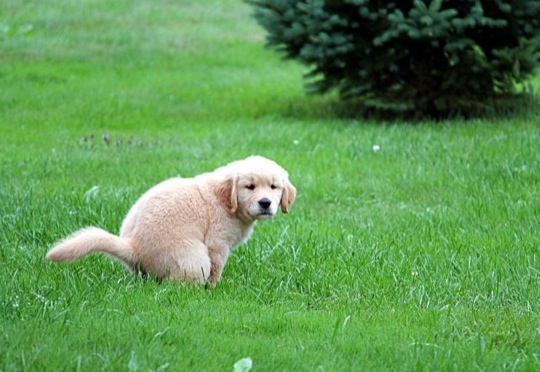
At this stage, you’re going to supervise your little one all the time, simply to let him know what and when he’s supposed to do. Gradually, you’ll see more and more progress, but it’s not until at least 4-6 month that your puppy may become completely potty (house) trained, and the process may last even up to a year for some dogs.
It just depends on the efficiency of techniques you use, amount of time you dedicate to that matter, dog’s character and physical peculiarities (like his size, metabolism, previous habits and living conditions).
2. Signs to look for to see if a puppy needs to go to the toilet
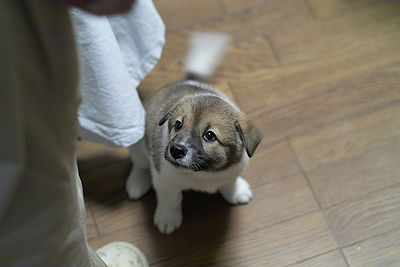 Now, that is the most common thing people struggle with, as puppies don’t usually show major signs that they need to go for a wee. They just go and that’s it. The only way to prevent those situations is to stick to the schedule (see below).
Now, that is the most common thing people struggle with, as puppies don’t usually show major signs that they need to go for a wee. They just go and that’s it. The only way to prevent those situations is to stick to the schedule (see below).
But, if a dog wants to poop, he usually wiggles his tail or barks for no particular reason, circles around the same spot and sniffs it and just behaves quite restless when he typically shouldn’t. Dog trainers advise that it’s necessary to pay attention to those kinds of behavior, especially if a dog has just eaten or woken up from a nap. As you notice those signs, take your puppy out right away and let him do his thing.
3. Extending freedom gradually
As your puppy is quite small, he may get scared easily. However, those creatures are really curious and they like to explore new areas. And mark them. Either it was an accident or not, you might appear with puddles of pee or little piles of poop everywhere. So, make sure that you limit the pup’s living space using baby gates and closing the doors. Try to keep him in the same room/area with you to be able to watch him, tell him off when he’s about to do something wrong and let him go to the toilet when he needs it.
Pick a spot in your house to put the dog’s bed and install a crate/confinement area at. Pet pads or regular newspapers will be the first things you’ll teach a puppy to go potty on.
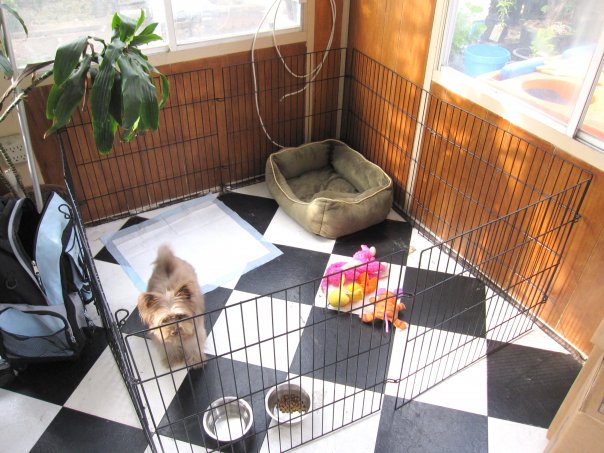
As your puppy improves his skills and gets more and more house trained, understands some rules and bans, let him into more and more places in your home. Try to leave him all by himself in one room for some time to see what he’s going to do and if he’s going to whine and look for you.
It’s quite important to teach your puppy to look for you and ask to go to the toilet, so that trick might help you.
4. Determine the ‘toilet’ spot
Even before you bring a puppy to your house, figure out the place in your backyard (or bathroom if you live in an apartment) to make it the dog’s toilet. It will be just easier to teach a puppy to go potty to the same place, as he’ll feel the smell of his own urine and understands what he’s supposed to do when he’s brought there. It’s just how the dogs’ instincts work.
And, that is the reason why you have to get proper cleaning supplies for the accident cases to get rid of the smell on the floors or furniture completely. Otherwise, a puppy will be drawn to that exact spots inside the house to eliminate over and over again.
5. Developing a routine and potty schedule
First of all, you have to work out a feeding schedule to help your puppy enter into the routine. Moreover, as pup usually needs to release themselves around 30 minutes after they ate, you’ll be able to control those motions and bring him to the toilet on time.
Also, going to the toilet should be the first thing puppy does after waking up in the morning (as most of them sleep through the night without having to eliminate) and the last thing to do before going to bed at night.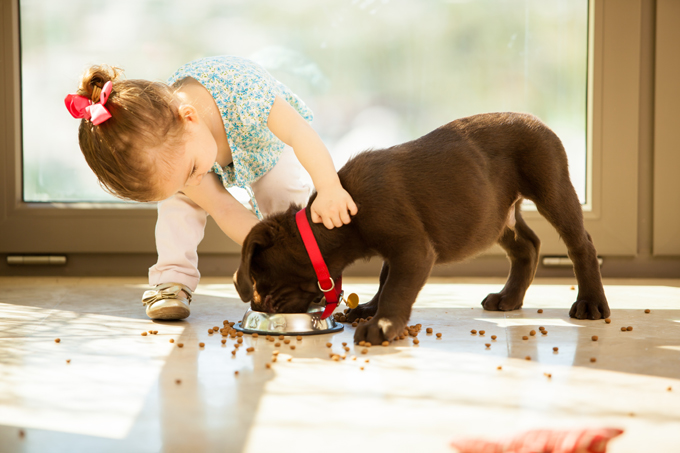
In order to ensure that your little doggy sleeps through the night, take the water bowl away around 2-2,5 hours before the usual bedtime.
If you’re going to bring a puppy to daycare, make sure that those two routines match.
6. The potty training method
That’s one of the key recommendations pet sitters might give you. Every once in a while (depending on the dog’s age and eating schedule) take your puppy and carry him outside right to the toilet area. Otherwise, he might do it on the way to that spot and the experience is going to be ruined.
So, when your little one is still new in potty training, lift him and bring to the toilet each time he needs it. After some time, you might put a leash on him and take him outside to do his thing. As the things progress, you might skip the leash step and just call your puppy to follow you until you get outside. Get him used to the ‘go potty’ command gradually, but pronounce it every time he goes for a wee/poo.
6. How often do you need to bring your pup outside to mind his business?
Being really young, puppies have to go potty every 30-40 minutes. That’s crazy, isn’t it? But they sleep a lot, and, of course, they don’t eliminate during that time.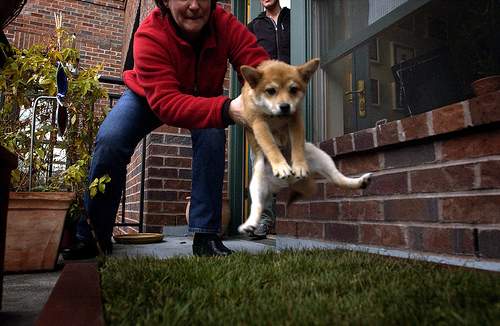
Some people say that the amount of time a puppy can hold pee/poo equals his age in months. Of course, as your little one gets older, he obtains more and more control over his bladder/bowler. However, professional vets warn people that this tip might not work for their puppies. You shouldn’t expect a 5 months old puppy hold it for 3-4 hours, when even grown-up dogs are not recommended to do so for more than 5 hours.
7. What to do if you can’t stay at home all day long
That’s where confinement may come in handy. Limit the dog’s space, put his bed and favorite toys in it and cover the spot with paper or pet pads. If you’re going to be absent for longer periods, then place a bowl with water (and food if it fits the schedule) in it as well.
Bear in mind that you shouldn’t live even a grown-up dog confined for more than 4-5 hours. So, if you’re planning to leave house for the entire day, ask your friends or family members to come over, bring your dog outside to do his business and just give him a break from staying in the limited area all by himself.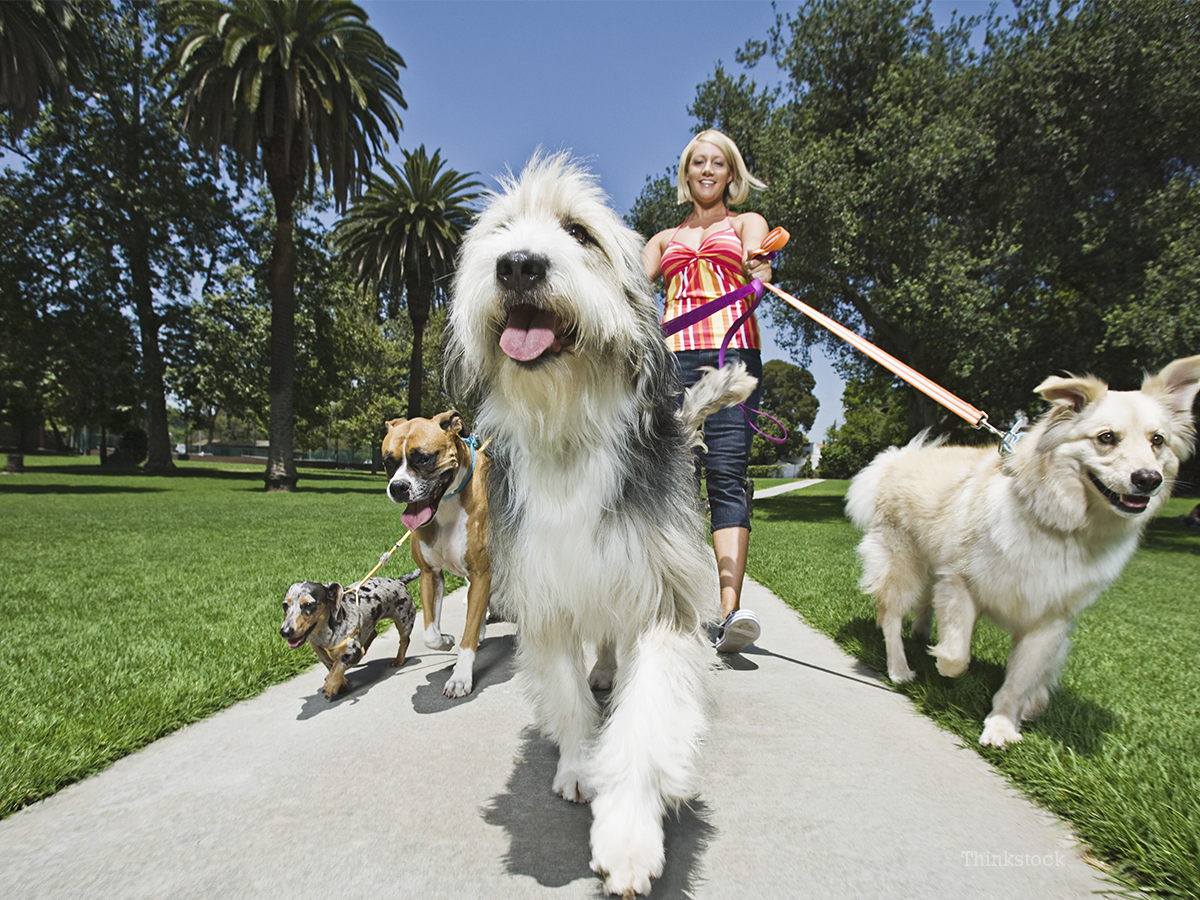
If you can’t do that, simply hire a pet sitter to do that task for you. Go to HireRush.com to find such a professional and schedule his/her visits. The benefits of hiring such person are that your puppy won’t whine and miss you so much while being alone. He’ll also be able to live within his regular routine, including going to the usual toilet spot.
9. Praise and don’t punish
Mistakes and set-backs are inevitable. Your puppy is not a robot to be able to follow the instructions instantly. Be patient and don’t expect brilliant results too soon. Continue the routine as usual until your dog gets it and becomes completely house-trained.
All dog trainers insist that you shouldn’t punish a dog when he does something wrong. You’ll just scare a little puppy and make him afraid of you. So, when you see that your dog started peeing inside, interrupt him with a slightly loud noise (like a clap), pick him up and carry outside to complete the process. Give him a small treat when he’s done. But, pet care specialists note that dogs can stop wee, but not poo.
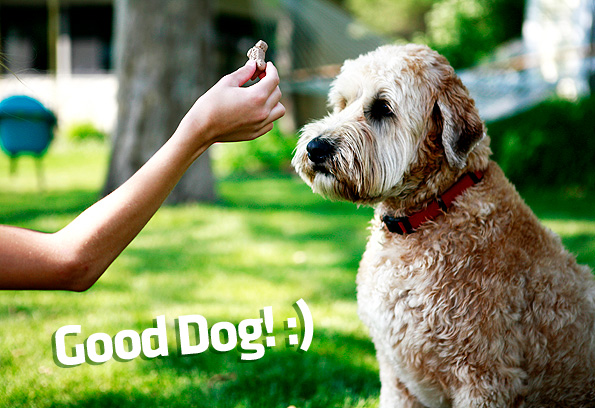
Don’t shout or stick the dog’s nose into the pee, as he just might get afraid and completely discouraged. Tell him off and say ‘No!’ instead.
Prepare treats to reward you puppy when he goes potty outside. Praise and pet him, tell him how good he did. Show him your love and continue the journey until you hit the desired results. Good luck!
